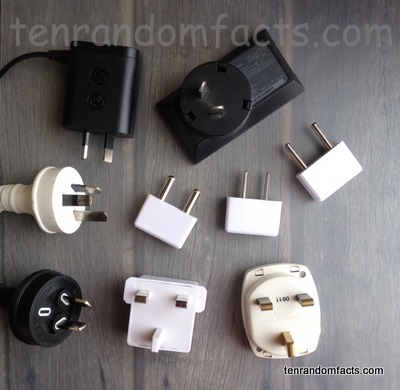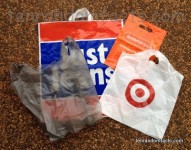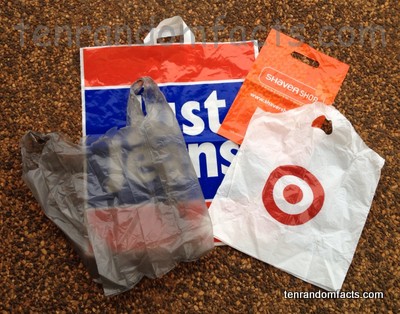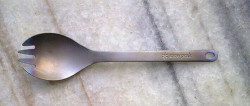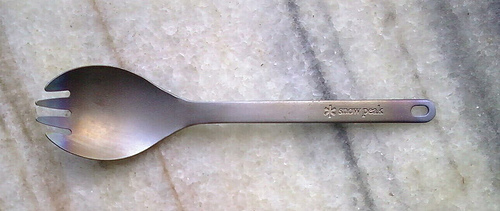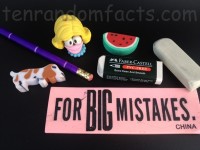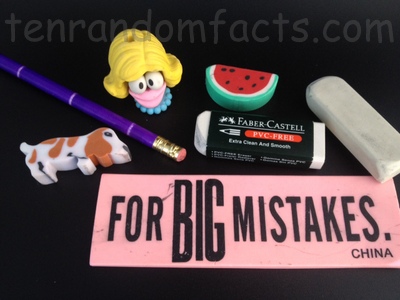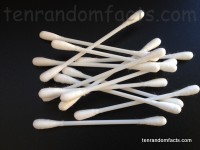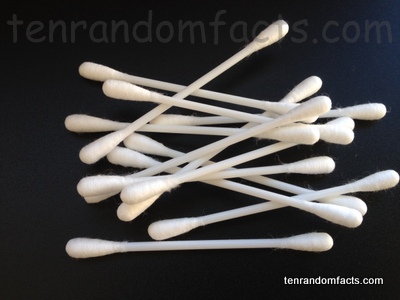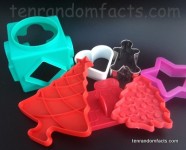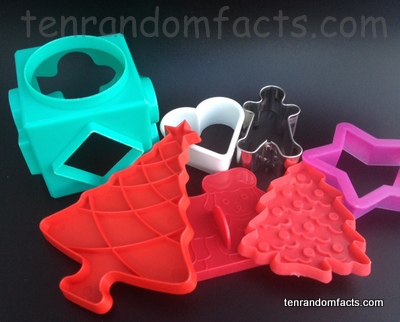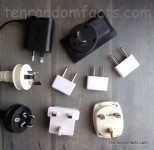
Plug in and relax with the domestic power plug.
- Domestic power plugs are an invention used to connect an external device to an electrical power source.
- ‘Domestic power plugs’ are also known as ‘AC power plugs’, ‘plugs’, ‘power plugs’, ‘electrical plugs’, ‘power connectors’ and ‘plug tops’.
- Two to three pins, commonly made of brass or other conducting material, are typically found on domestic power plugs, which are inserted into specific holes in a socket and when the plug is attached to an appliance, it completes an electrical circuit.
- Domestic power plugs were invented in the 1880s, and T.T Smith of England is said to have invented one of the first plugs in 1883.
- Domestic power plugs were invented as a response to the dangerous use of appliances with sockets designed for light bulbs.
- As a safety precaution and to prevent electrical shocks, many domestic power plugs feature a pin that directs current away from an appliance during a fault, and may also feature insulators around the pins’ upper section or the plugs themselves.
- There are at least fourteen differently pinned domestic power plugs, with around twelve of those commonly used across the globe, and the plugs are categorised by letters from ‘A’ to ‘N’, and the pins range from the rectangular shapes of American plugs to the circular shapes of those in Europe.
- Domestic power plug housings vary greatly in shape and size, and come in varying colours, commonly black, white or grey, and are generally made from polyvinyl chloride (PVC) or other insulating material.
- A globalised standard of domestic power plugs has been seen as a beneficial project, and while the International Electrotechnical Commission (IEC) and others have promoted the idea, and despite persistent efforts to reach an international standard for many years, some of which were hampered by World War II, adoption of such has been so far unsuccessful.
- Universal domestic power plug adapters are available, and these have various pin and socket options so that travellers can use their own power appliances in countries with different socket options.
Bibliography:
AC Power Plugs and Sockets, 2015, Wikipedia, https://en.wikipedia.org/wiki/AC_power_plugs_and_sockets
J Herrman, Giz Explains: Why Every Country Has a Different F#$%ing Plug, 2009, Gizmodo, http://gizmodo.com/5391271/giz-explains-why-every-country-has-a-different-fing-plug
World Plugs, 2015, International Electrotechnical Commission, http://www.iec.ch/worldplugs/map.htm




